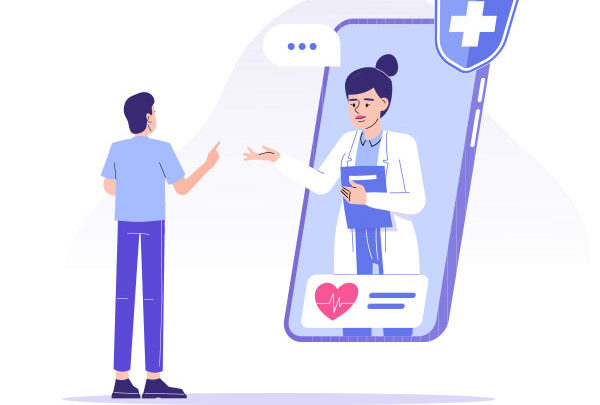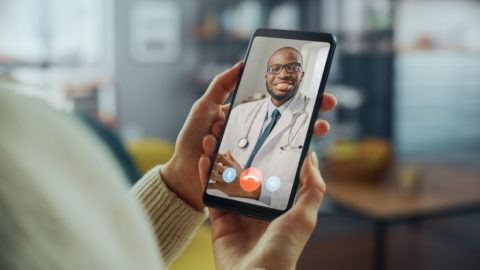Patient Experience and Telehealth During COVID-19: Investigating Key Success Factors and Obstacles

The global COVID-19 pandemic has led to a rapid increase in virtual care delivery that will likely be long-lasting. During the height of the pandemic, fear of infection and stay-at-home orders meant that many practices stopped seeing most patients in person for routine care. Relaxing of government regulations allowed for widespread national adoption of telehealth.
Telehealth holds great promise for improving primary care through increasing access, improving patient experience and enabling team-based care models. Importantly, while telehealth expands access to all patients, it may improve health equity for lower socio-economic patients who may lack transportation or sick leave.
To gather the patient perspective on telehealth, The Purchaser Business Group on Health developed and fielded a telehealth patient experience survey as part of the Patient Assessment Survey (PAS) program. Approximately 12,000 surveys were distributed by email to patients with commercial and Medicare coverage who had a virtual visit (phone or video) with a primary care provider in California; 1,500 email responses are reflected in the research findings.
Key Findings
- Equal satisfaction between virtual and in-person care: No significant differences were found in ratings of patient visits between telehealth and the regular PAS survey responses (which measure in-person care).
- Telehealth was popular: A total of 87% of survey respondents recommend telehealth; of survey respondents, 73% want to continue using telehealth in the future.
- Video visits were favored over audio-only: Ratings of visits and communications were nearly identical in video and telephonic visits, but patients who reported that they would likely recommend telehealth and engage in repeat telehealth visits significantly favored video appointments.
- Provider communication was good: Most patients said the provider with whom they met via telehealth methods explained information in a way that was easy to understand (92%), listened carefully (92%), spent enough time with them (91%) and had relevant patient medical history on hand during the visit (88%).
- Most patients received medical tests: Half of survey respondents had tests ordered by their provider. Most followed up to have the tests conducted (84%), and most patients were able to access their test results (88%). Patients were most likely to get the tests ordered on their behalf while being seen for COVID-19 concerns, whereas patients being seen for chronic health care or other health issues were least likely to have tests ordered for them. Patients who did not receive ordered tests (16%) scored their health care provider lower on communication scores.
Despite these promising findings, PBGH research has been, to date, limited to commercial populations in the state of California. Further research on patient experience and clinical outcomes should be conducted nationwide with more diverse populations, including Medicaid beneficiaries, racial and ethnic minorities and those with limited English proficiency. PBGH will have preliminary results from a survey with a sample of patients with Medi-Cal coverage in Spring 2021 and seeks to expand this measurement nationwide.
Implications
The findings of the PBGH Telehealth Survey are instructive for provider organizations, solution providers and health plans. The survey findings suggest the following four steps can make a meaningful difference in ensuring that patients have a positive experience with telehealth:
- Continue to offer telehealth. Patients enjoy telehealth and want to continue using virtual care in the future.
- Offer video visits. Satisfaction with telephonic and video care was high, but users of video visits were more likely to recommend telehealth and want to continue using telehealth.
- Provide instructions for video visits. Patient satisfaction is highest when clear instructions are provided to the patient in advance of a video visit.
- Offer both virtual and in-person care options. Patients indicated the need for in-person options to evaluate certain physical concerns, such as broken bones or rashes. Patients feel they can determine if an in-person appointment versus virtual care is appropriate for their unique health issues.
Read the full report.



